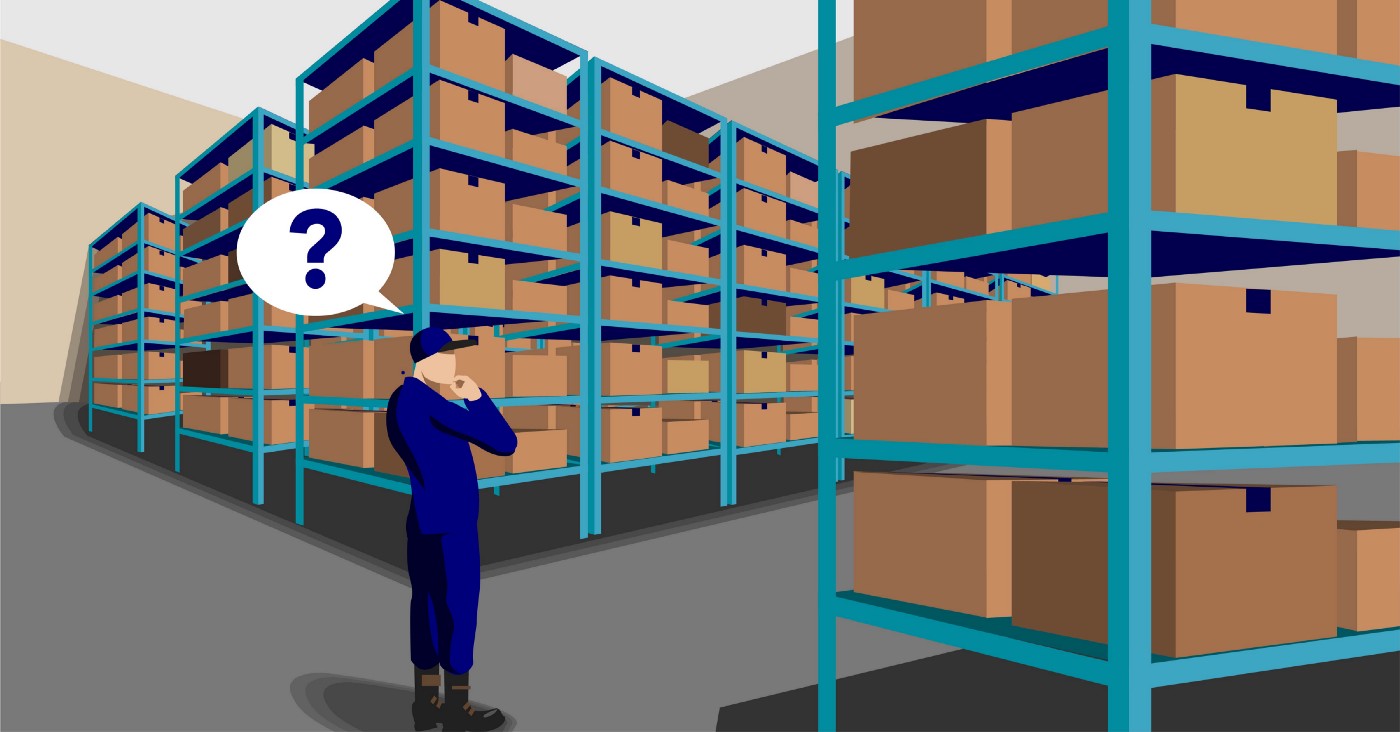Expect Businesses To Have More Unwanted Inventory In 2022.

Inventory management can be a challenging task. You don't want too much inventory sitting idly in your business or a warehouse, but you also want enough inventory to fulfill all orders that come in. It's a tricky situation. When you find that your business has too much merchandise on hand, it may be time to get rid of unwanted inventory and closeouts. During recent supply chain issues, businesses have been sitting and waiting to get rid of overstock merchandise because there was no guarantee more product would be available to replace it. But now that the busy Christmas season is over and we are heading into a new year, it is possible more businesses will get rid of old inventory to make room in the warehouse.Overstock merchandise is costly because it ties up cash and takes up valuable warehouse space.Liquidation buyers can step in to help with these problems.
It is especially important to get rid of old inventory when there is no chance left to sell dead stock. For example, if you have merchandise that was made or imported for a specific purpose, there is no point in waiting. It is always better to take the first loss, sell your overstock merchandise, markdown your closeouts and move on. As we move through the global supply chain problems, more containers will be unloaded at the ports leading to more closeouts and unwanted inventory all over again.
Excess inventory can be a serious financial drag for any business. But knowing what to do with excess items – no matter what they are or where they came from – can be a dilemma. Selling what you have through normal channels – special sales, for example, or online – may be out of the question. After all, the reason you have the surplus is that your regular outlets haven't done the job and you failed to get rid of old inventory in the first place.
We are seeing evidence of supply chain disruption in economic indicators for months. Manufacturers report that delivery timing has stretched out to new lengths; a record fraction of small businesses report that inventories are much lower than they would prefer; and shipping costs are skyrocketing. For some products (like cars), sales growth has been inhibited by lack of availability. This, however, does not change the fact that business is a constant moving, fluid exercise in balancing unwanted inventory against having an appropriate stock of goods. As we all work to maintain our sales, we will still be faced with the daunting task of dealing with overstock merchandise and closeouts.
Over the long term, a number of countries and industries have expressed intent to “near-shore” production to shorten supply lines and reduce dependence on China. But shifting geography is expensive and can take time. Sourcing goods from new factories takes time and may also result in overstock and excess inventory. Trial and error with new suppliers can lead to unwanted inventory due to production errors, misunderstandings in quality control and packaging errors. Overstock liquidators don’t necessarily care where the product comes from or why it is being liquidated as excess stock. Even in a low inventory environment, we may see an increase in closeouts and liquidation goods as we head into 2022
Wholesale liquidators buy overstock inventory from businesses that need to get rid of unwanted inventory. This may be due to canceled orders, lack of sales, too much inventory from a special promotion, or even if a company is shutting down a 3PL warehouse. In any case, when buying liquidated merchandise these companies will make an offer for a small percentage of the original cost so they can sell under the regular wholesale price.
Surplus liquidators have been around for ages and the can either be closeout brokers or actual inventory liquidators who take control of the goods, ship them to their own warehouse, and redistribute to closeout websites, discount stores and closeout liquidators. A closeout is basically any unwanted inventory or lot of excess merchandise a business wants to get rid of because they don’t need it. Getting something for it is better than letting old inventory sit idle in the warehouse where it collects dust and loses value.
As the economy continues to improve and business gets back to normal, there is going to be an increase in the amount of excess inventory on the market. Companies will be forced to get rid of old inventory to make room for new merchandise. Thousands of containers will arrive too late for Christmas generating closeout housewares, overstock sporting goods and excess inventory of all other categories of merchandise. These containers were supposed to be here early in 2021 but sat on shipping vessels unable to unload at the ports.
Merchandise USA buys closeout inventory and unwanted inventory of all kinds. We have been a surplus liquidator for more than 37 years and sell to closeout websites, closeout liquidators, discount retail stores and overstock liquidation buyers. Many of our customers sell on Amazon, Ebay and their own deal sites.



